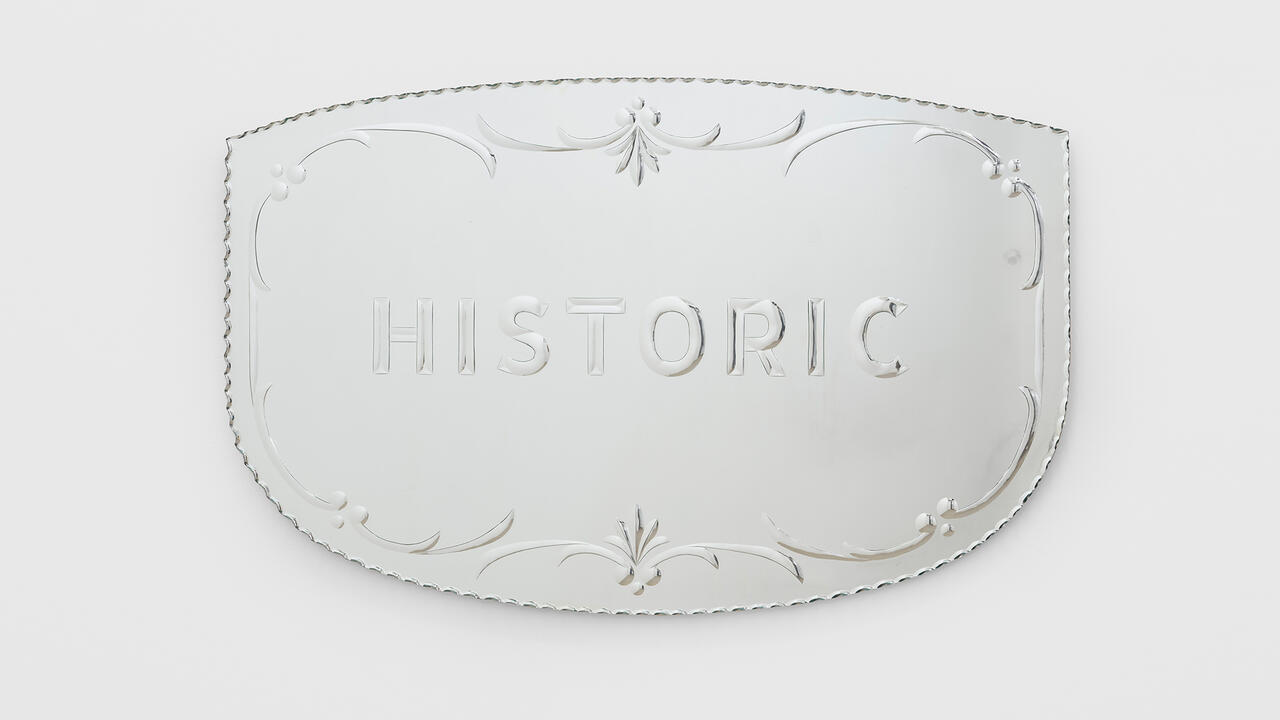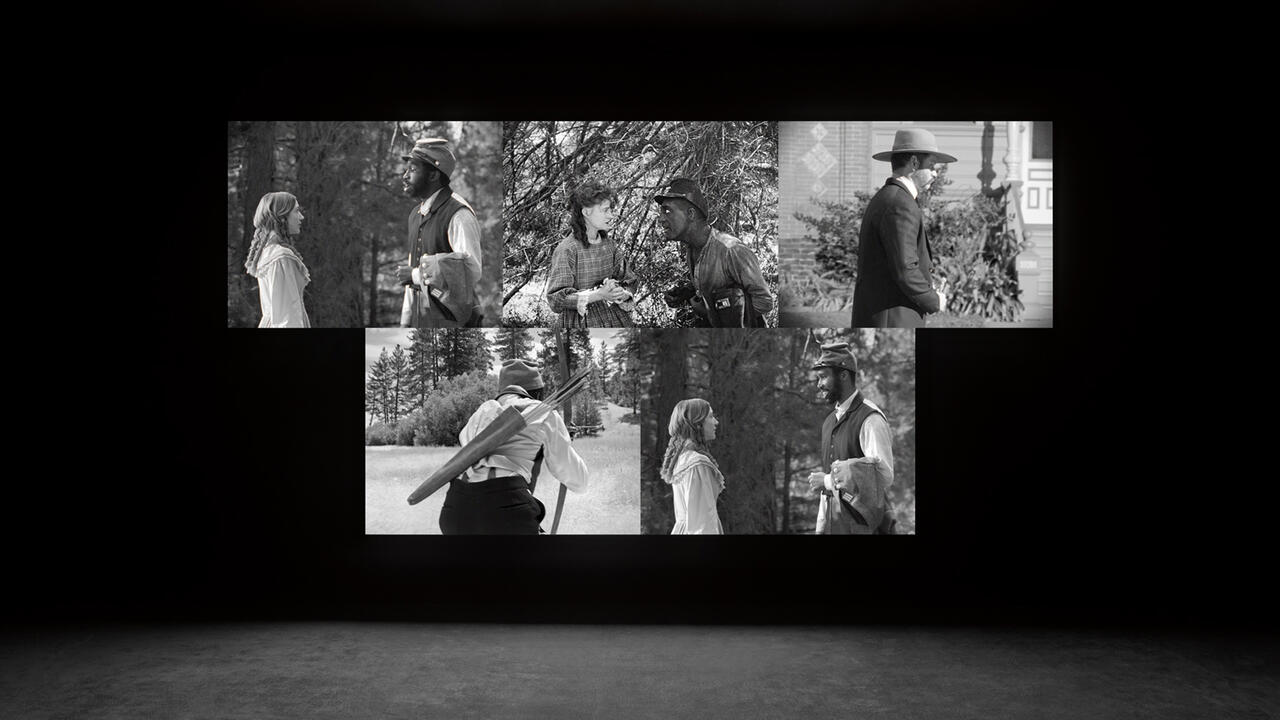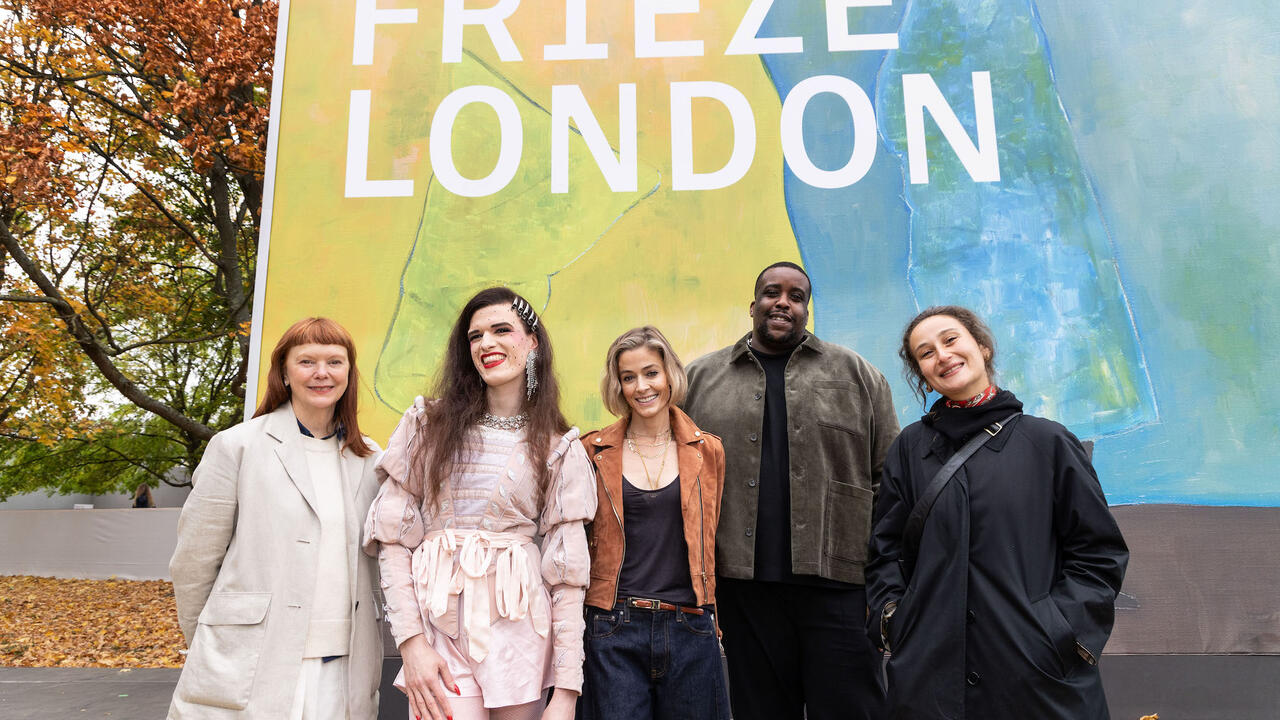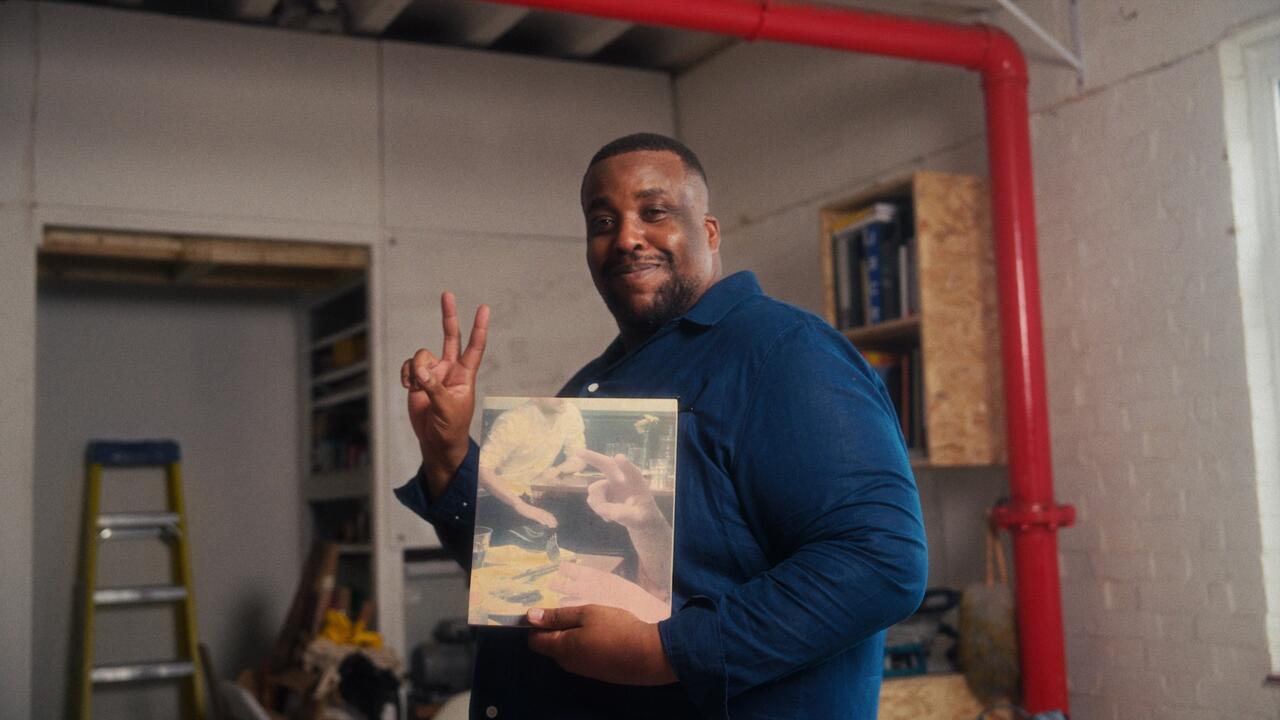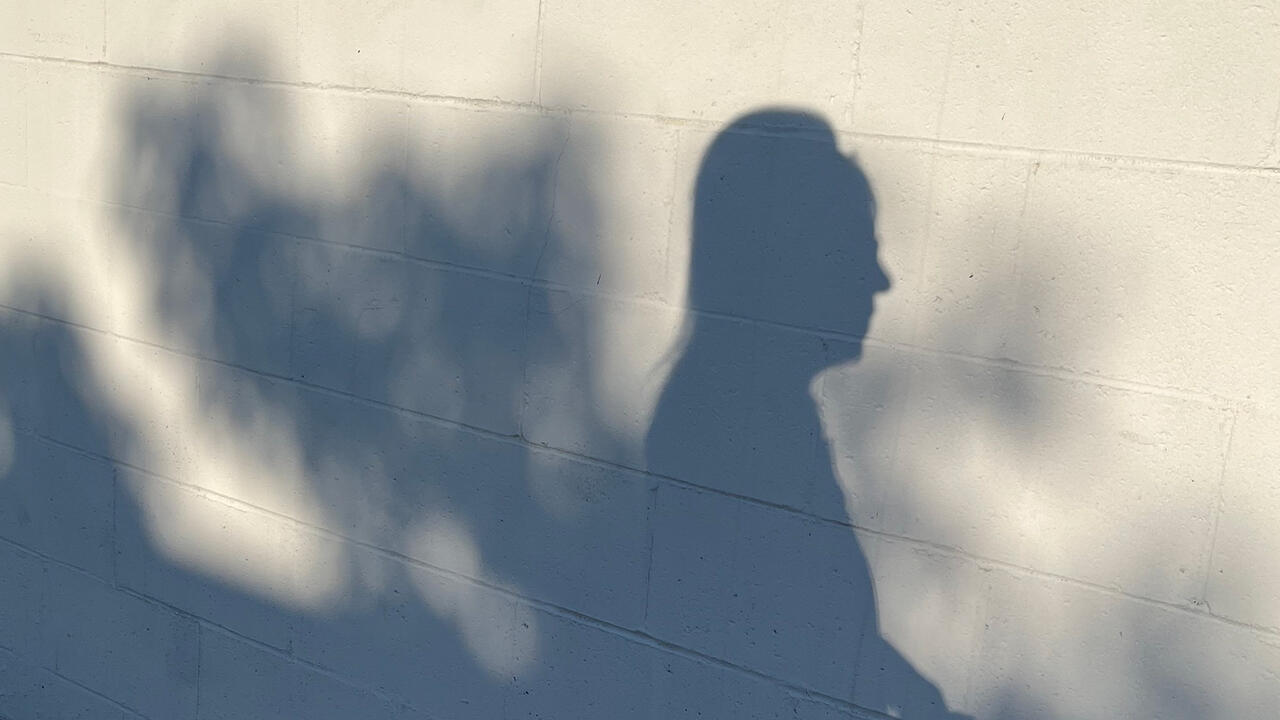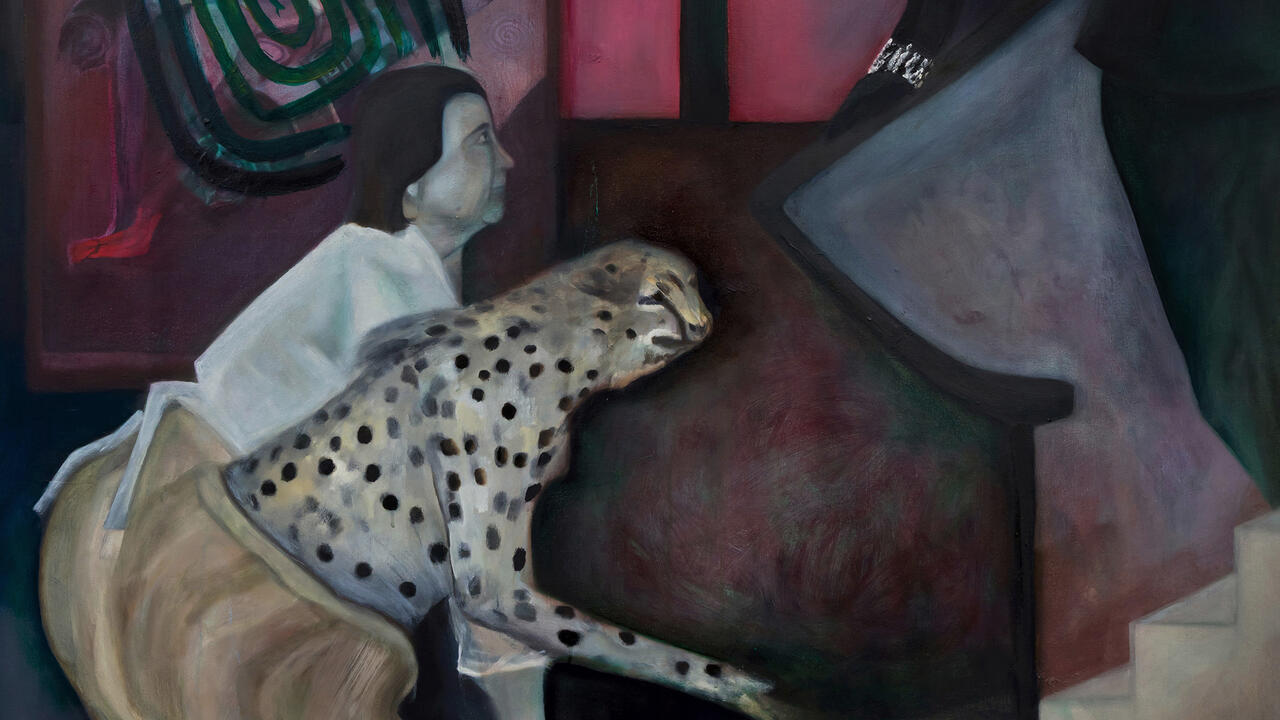Claudette Johnson
Hollybush Gardens, London, UK
Hollybush Gardens, London, UK

Twenty seventeen has turned out to be a rather momentous year for many artists associated with the Blk Art Group. Formed in Wolverhampton in 1979, initially by four young black British artists – Keith Piper, Marlene Smith, Donald Rodney and Eddie Chambers – the group became synonymous with work that articulated concerns around institutional racism and Britain’s imperial past in conversation with the contentious history of European art.
This year saw significant solo exhibitions by Sonia Boyce, Keith Piper and Turner Prize winner Lubaina Himid across the UK, while the travelling group show ‘The Place Is Here’ and the academic research project ‘Black Artists and Modernism’, led by Boyce, have contributed significantly towards historicizing the emergence of the black British art movement as a pivotal point in UK art history.

Of particular interest is the way in which – alongside this historicization – many artists who first came to prominence during that period have seized the contemporary moment, eliding the tendency to bind them to the time of the miners strike and urban uprisings in places like Brixton and Toxteth. This, too, reads as a welcome and comparatively recent shift in the British art world.
At Hollybush Gardens, Claudette Johnson presents a series of seven large-scale works on paper – all portraits made using variations of acrylic, pastel and ink. The figures are all people of African descent: some young, others less so, both male and female. In the main, the sitters are outlined in pastel with sections of the works painted in blocks or fields of colour. Many of the works feature shades of blue. As a body of work, it posseses a profound and tender intimacy – the figures are peaceful, content, in repose.
Standing Figure (all works 2017) and Seated Figure I appear to be of the same sitter – a young black woman whose body is rendered in fluid lines that intimate the curves of her body without sexualization. The sitter never meets our gaze, nor is she particularly bashful; we bear witness to her everyday movements.

Figure with Raised Arms and Raised Arm show males, the latter topless, his deep brown skin refracting light so intensely that his left arm disappears into the white of the paper. The blue-green background deepens this contrast, as does the royal blue (towel?) around his waist. Figure with Raised Arms is also young but bearded this time; he looks out and beyond the frame nonchalantly. Johnson has rendered his tartan shirt in a manner almost reminiscent of an aerial map; it crumbles away at the edges like a glitch in code.
Two mature women hold my gaze the longest. Seated Figure II leans forward, hands clasped. She looks pensive, but not exactly worried. Johnson’s use of pastels increases in intensity around her face and neck, providing a sense of her complexion’s richness and density. Her left eyebrow is raised as if contemplating something she finds ever so slightly ridiculous.

The only landscape in the show, Reclining Figure, is also the sole unframed work and by far the largest. A woman lies on her side, her arms supporting her head, wearing a head wrap and loose dress. Johnson’s formal mastery in framing the figure is most sharply observed here. Her body extends to the edge of the paper; deep blue acrylic fills the space above, blood red the bottom corners. Lines outline her form, whilst her face and arms are detailed in pastel.
Johnson is clearly in conversation with the histories of figuration and the black body in European art – from Édouard Manet’s Olympia (1863) to Chris Ofili’s No Woman, No Cry (1998). What is achieved here is also in dialogue with painters including Lynette Yiadom-Boakye and (to an extent) Kehinde Wiley (currently exhibiting at Stephen Friedman Gallery in Mayfair): the reclamation of the gaze from monolithic whiteness, and a chance to depict black bodies in tender reverie.
Claudette Johnson at Hollybush Gardens runs until 22 December 2017.
Main image: Claudette Johnson, Standing Figure (detail), 2017, acrylic, pastel and masking tape on paper 1.6 x 1.3 m. Courtesy: Hollybush Gardens, London










